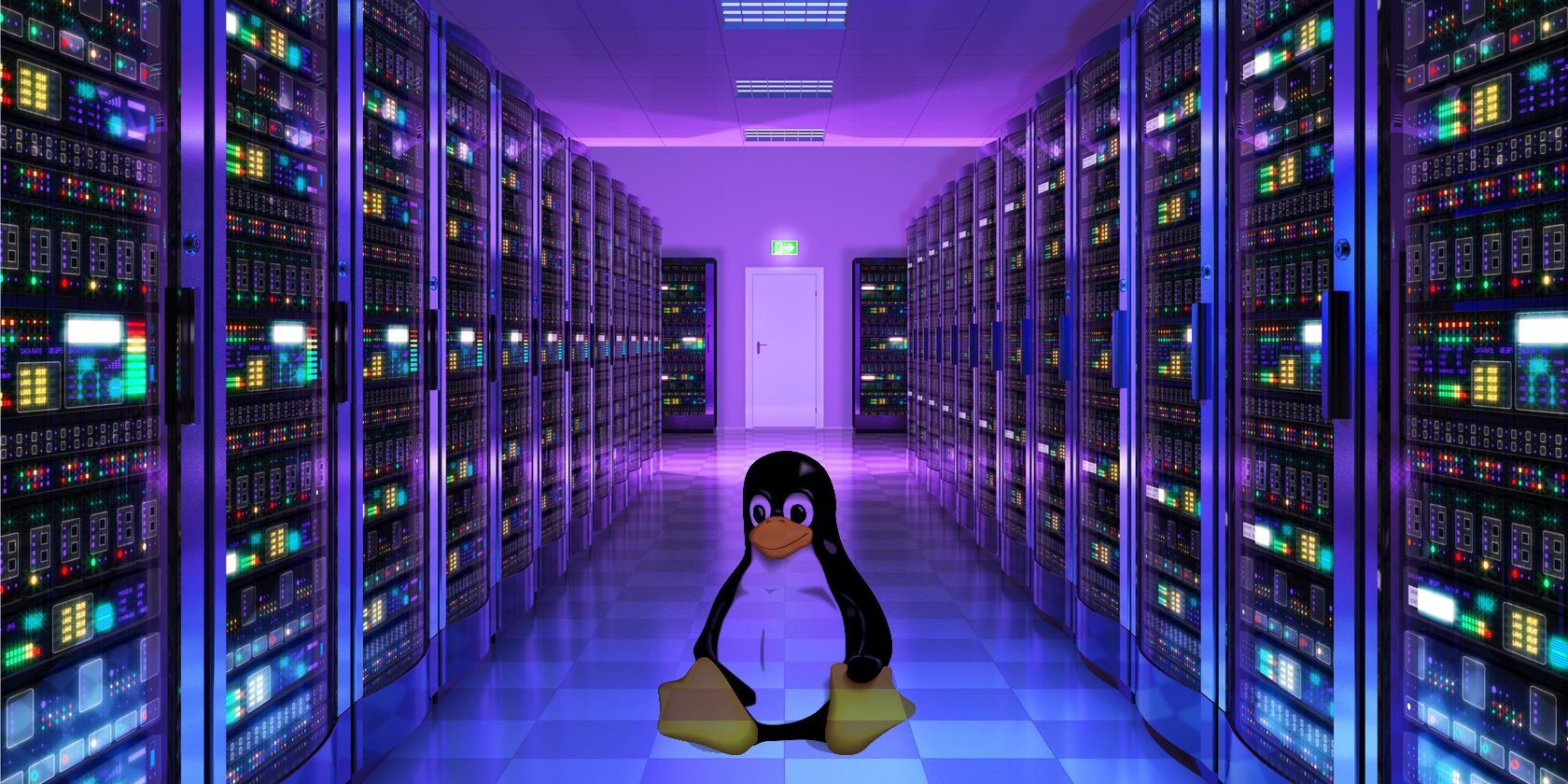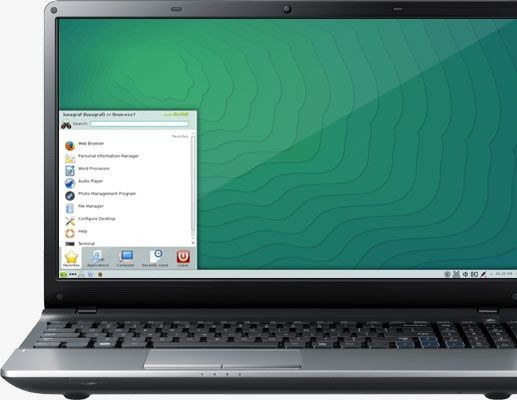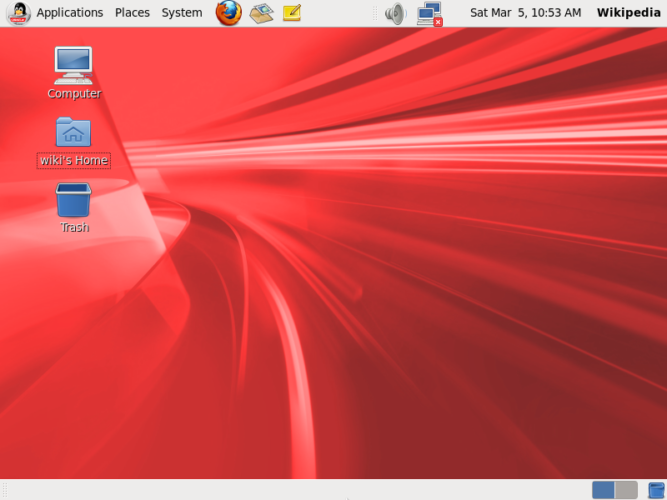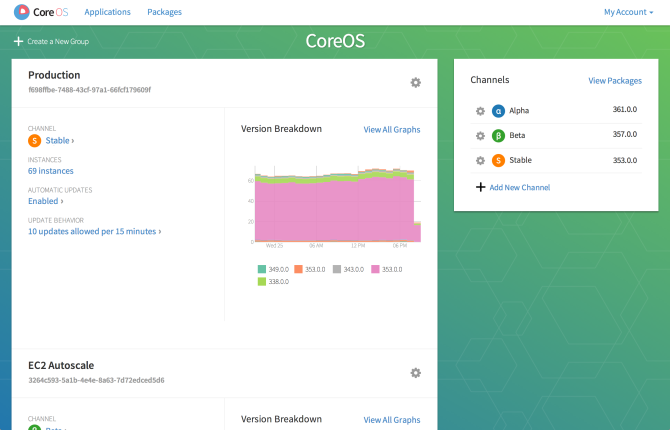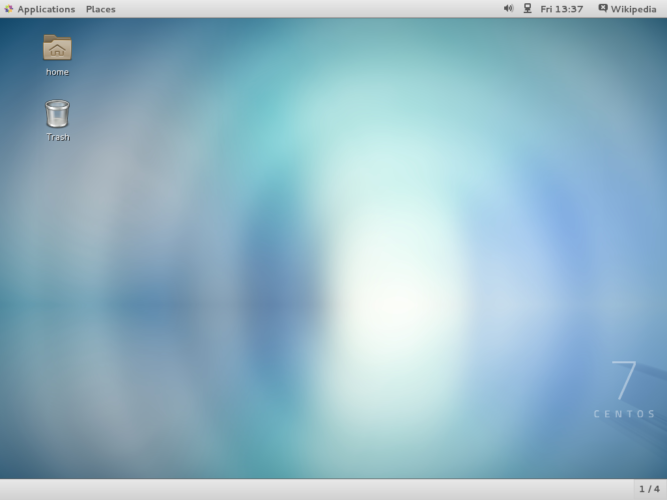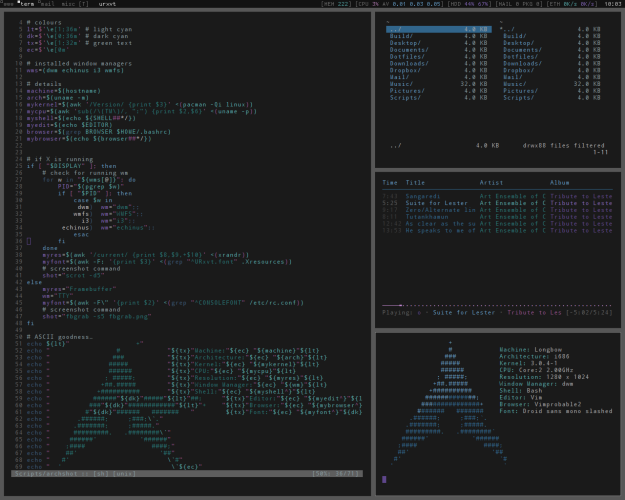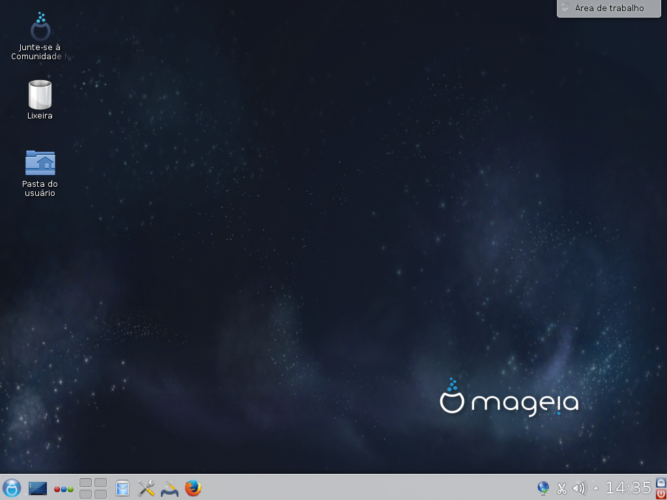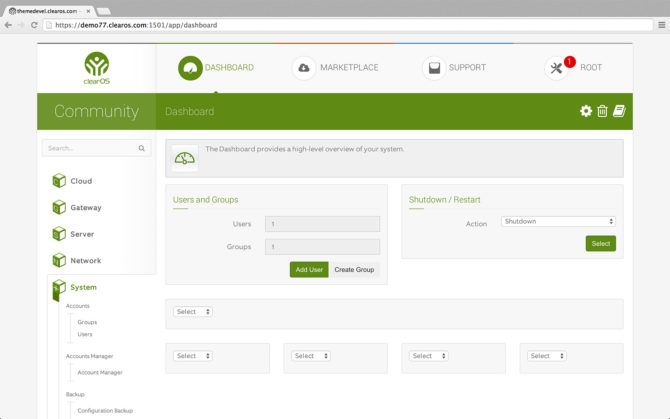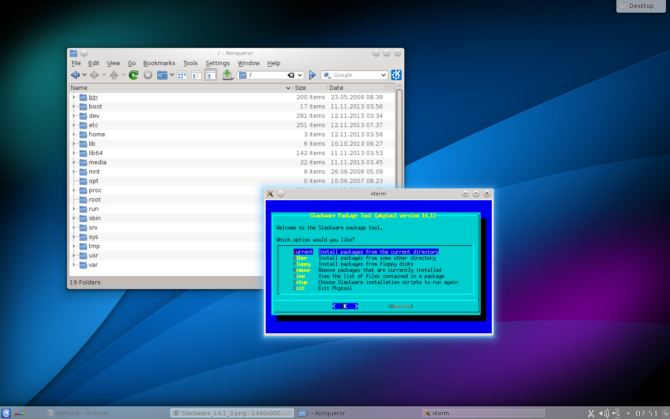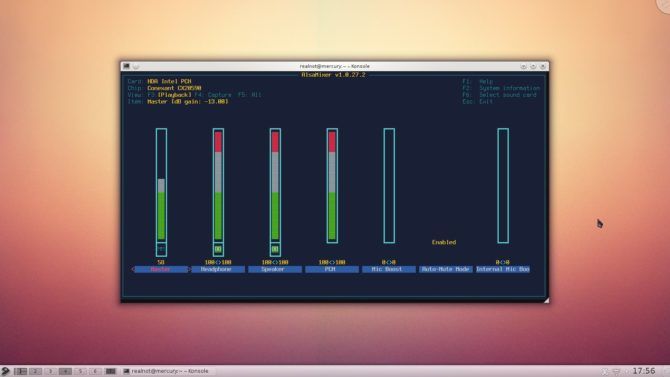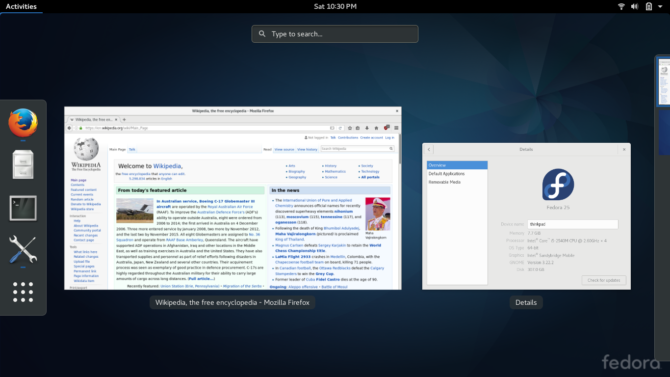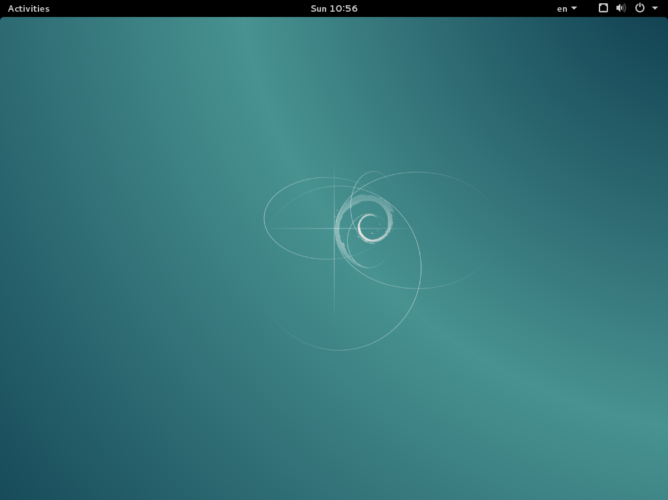Linux operating systems are exceptionally prevalent and wide-ranging. While certain Linux distros are suitable for power users, others are simpler, and perfect for switching from Windows. Linux distributions often benefit from strong community resources.
Although the Linux operating systems offer excellent desktop environments, Linux can be excellent for server set ups as well. Linux typically offers enhanced permissions, increased flexibility, and stability.
Therefore, Linux distros are ideal server landscapes. Check out the 12 best Linux server operating systems and who should use them.
What Is a Linux Server Operating System?
What differentiates a Linux server operating system from a general Linux distribution? Consider server hardware. Servers are essentially computers with specialized specifications. For instance, server hardware ensures maximum uptime, efficiency, and security. Additionally, servers balance computing power with power consumption. Similarly, Linux server operating systems prioritize security and resource consumption.
A Linux server operating system serves content to client devices. Accordingly, server operating systems feature tools for simple server creation. Because servers commonly run headless, the graphical user interface (GUI) in a Linux server operating system remains less important.
According to IDC, hardware sales data indicates that 28 percent of servers are Linux-based. However this likely doesn't account for home labbers. While there are dedicated Linux server operating systems, you may roll your own. The key here is to use a Long Term Service (LTS) iteration and install your desired software. LTS flavors provide stability and a longer support cycle.
When selecting a Linux server operating system, also consider your use. Using your Linux computer as a media server differs from setting up a game server.
1. Ubuntu Server
Ubuntu is arguably the most well-known Linux operating system. With a plethora of Ubuntu derivatives, it's a stable distribution. Ubuntu and its variants offer excellent user experiences. Ubuntu Server is available in two versions: LTS and a rolling-release. The LTS Ubuntu Server release boasts a five year support cycle. Although the support cycle isn't five years, the non-LTS variant features nine months of security and maintenance updates.
While Ubuntu and Ubuntu Server are pretty similar, Server offers different amenities. Notably, Ubuntu Server provides OpenStack Mitaka, Nginx, and LXD. Such inclusions cater to system administrators. Using Ubuntu Server, you can spin up web servers, deploy containers, and more. Moreover, it's server-ready out-of-the-box.
Although it's not a server distro, Ubuntu LTS does feature a five year support cycle. I'm currently using Ubuntu 16.04 LTS to run a dedicated Plex server as well as a Linux game server. LTS distros can function perfectly well as Linux server operating systems. You'll just need to install server software on your own.
Who should use this: If you're new to Linux or server operating systems, Ubuntu is a great choice. Ubuntu remains one of the most popular Linux distros in part because of its user friendliness. Accordingly, Ubuntu Server is a fantastic entry-level Linux server operating system. It's superb as a media server, game server, or email server. More advanced server set ups are feasible with Ubuntu Server, but it's definitely a go-to for basic servers and novice users.
2. openSUSE
SUSE Linux debuted in 1993. In 2015, open-source variant openSUSE migrated toward SUSE Linux Enterprise (SLE). There are two openSUSE derivatives: Leap and Tumbleweed. Leap features longer release cycles whereas Tumbleweed is the rolling release. Tumbleweed is better for power users with its up-to-date packages like the Linux Kernel and SAMBA. Leap is better for stability. Updates bolster the operating system.
Default tools posit openSUSE as a fantastic Linux server operating system. openSUSE includes openQA for automated testing, Kiwi for Linux image deployment on several platforms, YaST for Linux configuration, and the comprehensive package manager Open Build Service. In abandoning its previous nine month release cycle and focusing on stability like SLE, openSUSE became a viable Linux server environment. CIO even dubbed openSUSE "...the CentOS and Debian of SUSE."
Who should use this: openSUSE is more suited to power users like system administrators. It's great as a web server, home server, or home server/web server combo. System administrators benefit from tools like Kiwi, YaST, OBS, and openQA. The versatility of openSUSE makes it one of the best Linux server operating systems. In addition to solid server capabilities, openSUSE does sport a lovely desktop environment. For more basic servers, openSUSE is usable but a bit overkill. Still not convinced? Check out these six reasons to use openSUSE.
3. Oracle Linux
If you did a double take when reading "Oracle Linux," you're not alone. Oracle Linux is a Linux distribution powered by tech giant Oracle. It's available with two kernels. One features the Red Hat Compatible Kernel (RHCK). This is the same kernel as found in Red Hat Enterprise Linux (RHEL). Oracle Linux is certified to work on lots of hardware from the likes of Lenovo, IBM, and HP. Oracle Linux features Ksplice for enhanced kernel security. There's also support for Oracle, OpenStack, Linux containers, and Docker. It's branded with an Oracle theme including an Oracle penguin.
There is support, but it's paid. Unless you're running Oracle Linux in an enterprise environment it's not worth the price. If you need to spin up a public or private cloud, Oracle Linux is a stellar server operating system. Alternately, try Oracle Linux if you simply need the Oracle-branded Linux penguin.
Who should use this: Oracle Linux is best for datacenters or creating clouds with OpenStack. More advanced home server users and enterprise-level settings are best for Oracle Linux.
4. Container Linux (Formerly CoreOS)
CoreOS rebranded to Container Linux in 2016. As the name suggests, Container Linux is a Linux operating system built for deploying containers. There's a concentration on simplifying containerized deployments. Container Linux is a superb operating system for secure, highly scalable deployments. Clustered deploys are easy and this distro includes means for service discovery. There's documentation and support for Kubernetes, Docker, and rkt.
However, there's no package manager. All apps must run inside containers, so containerization is mandatory. Nevertheless, if you're working with containers Container Linux is the best Linux server operating for a cluster infrastructure. It offers an etcd which is a daemon running across each computer within a cluster. You've got install flexibility too. In addition to an on-premise installation, you can run Container Linux on virtualization mediums like Azure, VMware, and Amazon EC2.
Who should use this: Container Linux is best for servers in a cluster infrastructure or with containerized deploys. This likely won't mean the average home labber. But with official Docker images from the likes of Plex, Container Linux can function as anything from a basic home media server to complex clustered set up. Ultimately, use Container Linux if you're comfortable with containers. Along with openSUSE, Container Linux is one of the best new and updated Linux operating systems you should try.
5. CentOS
CentOS provides a stable environment. It's an open-source derivative of Red Hat Enterprise Linux (RHEL). Thus, CentOS delivers an enterprise-class server experience. The Red Hat sponsored operating system uses the exact source code as found in RHEL. CentOS employs the RPM package manager. In 2010, survey data found that about 30 percent of all Linux servers operated on CentOS. There's a reason: it's a very stable server environment with Red Hat sponsorship (which now translates to funding from IBM).
Notably, CentOS functions well on mainframes. For users that prefer a GUI, KDE and GNOME are both available. CentOS can be used as a straightforward desktop environment. Because of Red Hat support and a thriving community, CentOS remains bug free.
Who should use this: CentOS provides the functionality and stability of Red Hat Enterprise Linux. Therefore it's perfect for advanced Linux server operating system. Use CentOS if you're looking for a free RHEL alternative. However CentOS is fairly beginner friendly because it retains a package manager. Overall, CentOS is best as a free Red Hat Enterprise Linux alternative.
6. Arch Linux
Many servers limit power consumption. Reducing power draw is a major benefit particularly for always-on machines. Similarly, Linux server operating systems should consume few resources. Allotting resources properly is key for maximum uptime and server efficiency. Many Linux distributions use fewer resources than Windows or macOS counterparts. Arch is a simple, lightweight distribution that abides by the KISS (Keep It Simple Stupid) principle.
There's a dedicated server section of the Arch Linux Wiki. You can learn all about configuring Arch Linux as a server operating system. While there's not a pre-packaged server release available for download, this Wiki provides the steps to creating your own. You can install popular server software including MySQL, Apache, Samba, and PHP for Arch.
Who should use this: Arch Linux is a great all-around Linux server operating system, ideal for turning an old PC into a server. But although it's lightweight, Arch is equally as a functional on beefy hardware. Additionally, Arch Linux is best for users with technical knowhow since you'll have to set up Arch as a server.
7. Mageia
Mageia is a Linux operating system that prioritizes security and stability. It's a fork of Mandriva Linux that debuted in 2010. A 2012 PC World praised Mageia, now on its fifth iteration. Although there are many Linux operating systems, there's also a big list of Linux desktop environments. Mageia includes a bevy of environments such as KDE, GNOME, Xfce, and LXDE.
Rather than MySQL, Mageia includes MariaDB. Server-centric inclusions like the 389 Directory Server and Kolab Groupware Server make Mageia a stellar Linux server operating system.
Who should use this: Mageia is a dependable Linux server operating system. It's loaded with tools like MariaDB and Kolab Groupware Server. Plus, Mageia and boasts a stable, secure environment. Users who require a GUI should consider Mageia because of its myriad of desktop environments.
8. ClearOS
ClearOS is specifically engineered for servers, gateway machines, and network systems. The standard install features security enhancements. There's a default firewall, bandwidth management tools, a mail server, and intrusion detection. ClearOS 7 Community Edition sports a whopping 75 apps and tools.
While there are paid ClearOS tiers, the Community Edition remains free. Additionally, ClearOS updates are completely free from upstream sources. However, these free updates aren't tested.
Who should use this: ClearOS is a dedicated Linux server operating. Its wide-ranging app store posits ClearOS as a distro for Linux gurus. Hobbyists and Linux specialists need only apply. Novice users, opt for a different server distribution.
9. Slackware
Slackware is a long-standing Linux server distribution. The first iteration debuted in 1993. According to the Slackware Linux website, the project goal is "the most 'UNIX-like' Linux distribution." By default, Slackware boots into a command line interface.
A full Slackware installation features C and C++, the X Window System, a mail server, web server, FTP server, and news server. Moreover, Slackware is so lightweight that it brags compatibility with Pentium systems. Continued releases ensure stability and simplicity.
Who should use this: Slackware Linux is best for seasoned Linux professionals. There are package managers, pkgtools and slackpkg. However, since Slackware by default boots into a command line environment, it's a more advanced Linux server operating system. Furthermore, there's a bit of complexity in its simplicity. You really have to know your way around a Linux environment to thrive in Slackware.
10. Gentoo
Gentoo differs from many Linux distributions. Rather than the traditional release model, Gentoo features a modular design. Thus, users pick the installed features. This is precisely why Gentoo stands as a top Linux server operating system.
Each install is unique. Users can build a kernel which affords much more control. Therefore, aspects such as memory consumption may be controlled for a server. Because of this modular design and flexibility, Gentoo achieves major popularity with Linux pros. System administrators notably appreciate the tailored approach that Gentoo affords.
Who should use this: Gentoo is best for tech savvy users and system administrators. Although Gentoo may be used by beginners, it's less entry-level than the average Ubuntu derivative. But documentation is superb and Gentoo benefits from a thriving community.
11. Fedora
If you're looking for a fresh Linux server operating system, try Fedora. With the support of Red Hat, the Fedora Project receives regular updates. Upstream communities contribute frequently. Fedora comes in several flavors. Workstation caters to general users and comes with a desktop environment. By default Fedora Workstation arrives with GNOME, but others are also available. Fedora Server focuses on, well, servers.
The default Fedora Server install lacks a GUI. However, you may install one if you don't plan to run a headless server. The Server edition boasts a multitude of tools. There's the Cockpit system management dashboard. Database services like PostgreSQL are included in Fedora Server.
Who should use this: Seasoned Linux developers and system administrators should pick Fedora Server. Its lack of a default desktop environment and enterprise-class features mean Fedora is better for advanced servers.
Debating between Fedora, CentOS, and openSUSE? Check out this comparison of openSUSE, Fedora, and CentOS. We've also compared Fedora and Ubuntu, if you're curious.
12. Debian
Okay, so Debian lacks a specific server release. Nevertheless, Debian is one of the best Linux server operating systems available. Because Debian launched in 1993 and saw its first stable release in 1996, it's incredibly secure. Many Linux distributions including Ubuntu are Debian-based. Why use Debian as the foundation of another operating system? Stability.
Accordingly, Debian is often used for servers because of its time-tested resilience. Debian features a package manager, APT tools, and various frontends such as GDebi. So while Debian doesn't come with a server flavor, it's perfect for a do-it-yourself Linux server operating system. Debian boasts impressive application compatibility, security, and stability.
Who should use this: Debian offers a fantastic server environment for two parties. If you're looking for a basic server, like a mail, web, game, or media server, Debian is pretty simple to set up. Alternately, more advanced users with specific server needs should consider Debian. However, this approach does require DIY work. Learn more about Debian vs. Ubuntu, and how far Ubuntu has progressed.
The Best Linux Server Operating Systems
Although you can find many Linux server operating systems, each is best for a different set of users. Moreover, a non-server LTS release functions perfectly well as a Linux server operating system. Debian is a great example. While it's not specifically a server distro, Debian boasts the characteristics of a server distribution. Namely, stability and security.
For beginners or merely simple server set up, I'd recommend any Debian-based distro or Ubuntu derivative. For all of my media and game servers, I use Ubuntu derivatives. This affords maximum compatibility with the software I run, and allows me to create home theatre PC/media server combos.
Which Linux server operating systems are you using?
Image Credit: Scanrail1 via Shutterstock.com

